Serbia is a unique country in the sense that it seems to be one of the most poorly understand places in the world, all the while being extremely confused about its own identity at home as well. Arguably, the same can be said for Turkey as well, which is likely why Serbia (where I often felt at home), and its people intrigued me this much even during the relatively short amount of time I could spent there. To put it shortly, and bluntly, there seems to be a rather apparent “East-West” dichotomy that cuts across Serbian society. The more “Eastern-oriented” minds among them are pro-Russian and anti-American, though whichever one of those is more pressing to a regular Serbian of this “side” is unclear. Similarly, the “Western-oriented” minds seem to favour finding a common ground with the EU, and that entails repairing relations with the USA as well, perhaps at the expense of letting go of Kosovo officially or harming their close ties with the Russian Federation. This is a peculiar though not unheard-of situation, but it most certainly is a huge burden both for the Serbian population and its state apparatus. As I am not a specialist of the region, only time will tell how all of this will play out in the future, and though I had my own conversations with some Serbs on the matter, my “testing sample” is utterly useless to say the least. Without commenting much on the situation myself, let me now share with you some of the more interesting photos that I took during my stay in Belgrade, those that made me write about this phenomenon in the first place after going through them in my phone during one otherwise uneventful night.
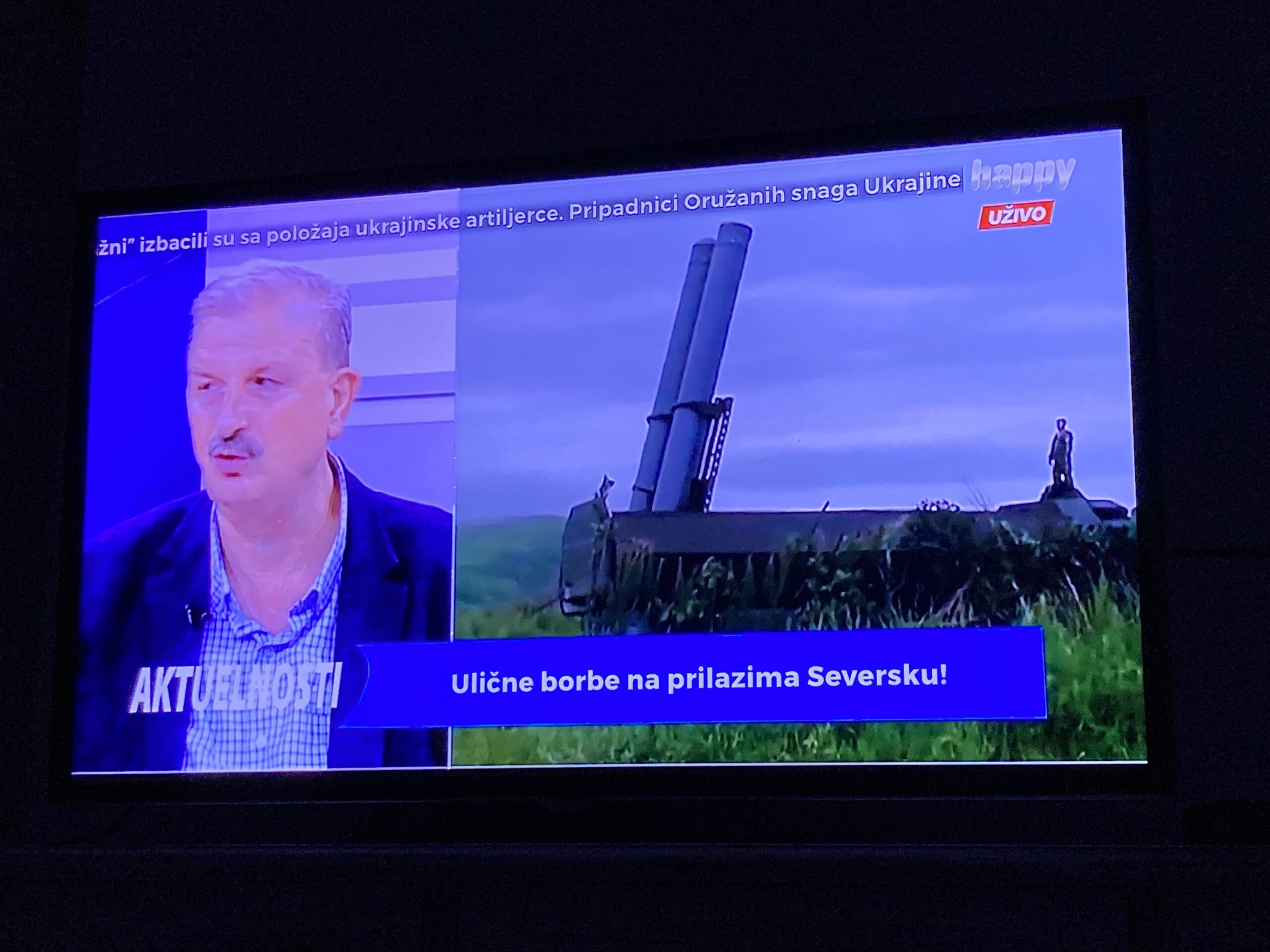
The very first night we were in Belgrade and wanted to check out what was going on in the Serbian TV, we were greeted with this show featuring a debate on the current affairs in Ukraine. It had been months since I last came across an actual coverage of the latest military situation in Ukraine in a Turkish TV channel, and I could swear that it was more or less forgotten in the mainstream Western media at the time as well though that was not the case for the Serbian media apparently. There seemed to be different opinions about what was happening on the ground, though my extremely limited understanding of the language combined with quiet improper translations of Google Translate may have deceived me. No matter the case, this was not the only TV channel which featured such programs that night, or any other day. For Serbians what is going on in Ukraine is quite crucial at home as well, not only because of the rising inflation etc. but because of what it signifies. Much like in 1999, a country that is supported by the NATO is now at odds with a “Slavic power.” And that means something, anything, to almost any Serb out there.
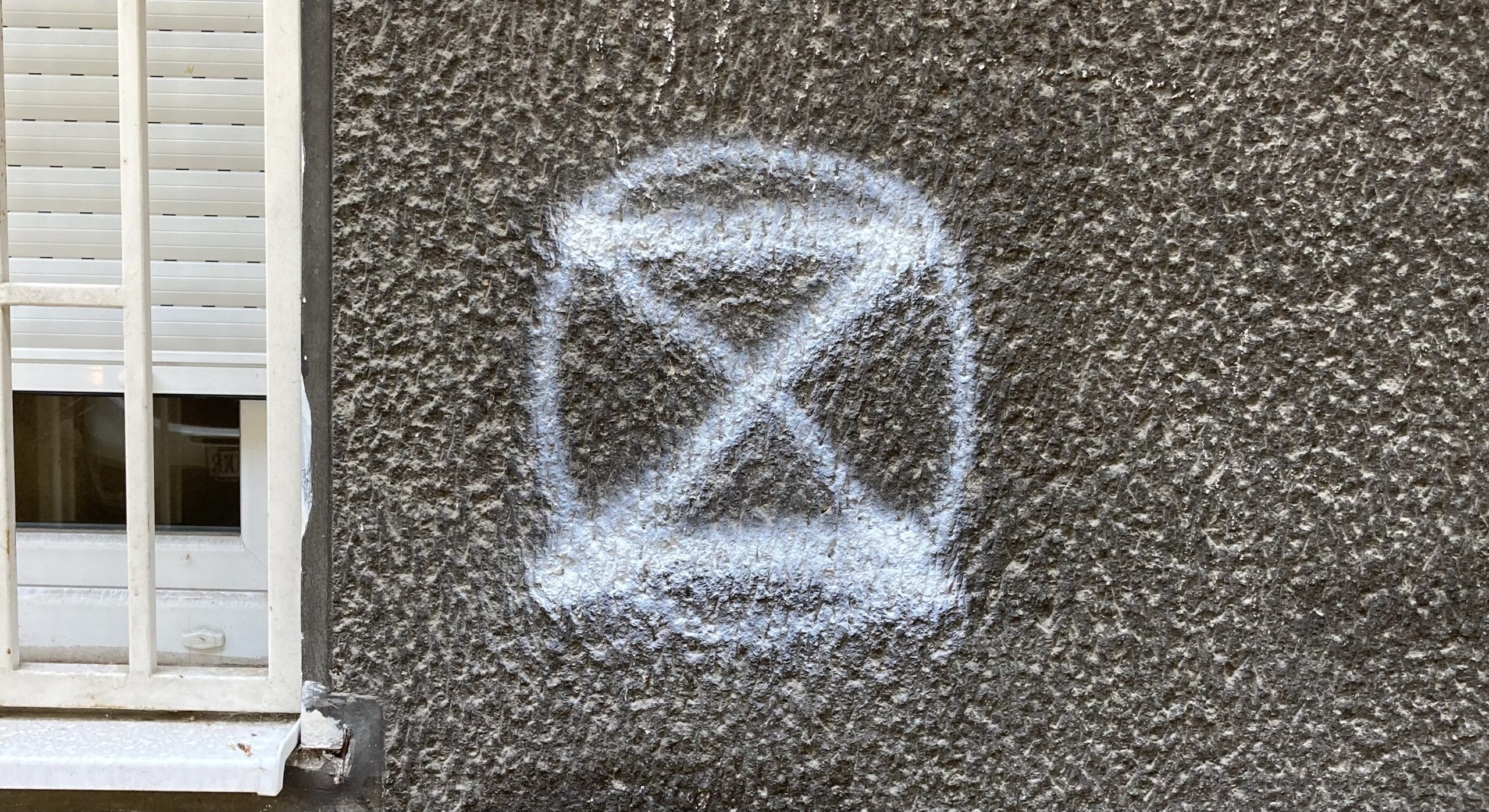
Of course, the famous Z found itself a place in the wild graffiti world of Belgrade as well. It is quite literally everywhere. The more central you are, the more likely you will find an “edited” version of it, as you can see here. By spraying an extra line, you can make that Z gone, though can one really destroy an idea (or one’s political allegiance) that simply is another question. The outskirts of the city are full of these “Z”s, and in most cases they are not edited like this one. You can spot them on the side of buildings, and on the pavement, sometimes even carved on the trunk of trees. In one way or another, those that support the Russian cause seem to showcase that preference quite overtly all around the capital.
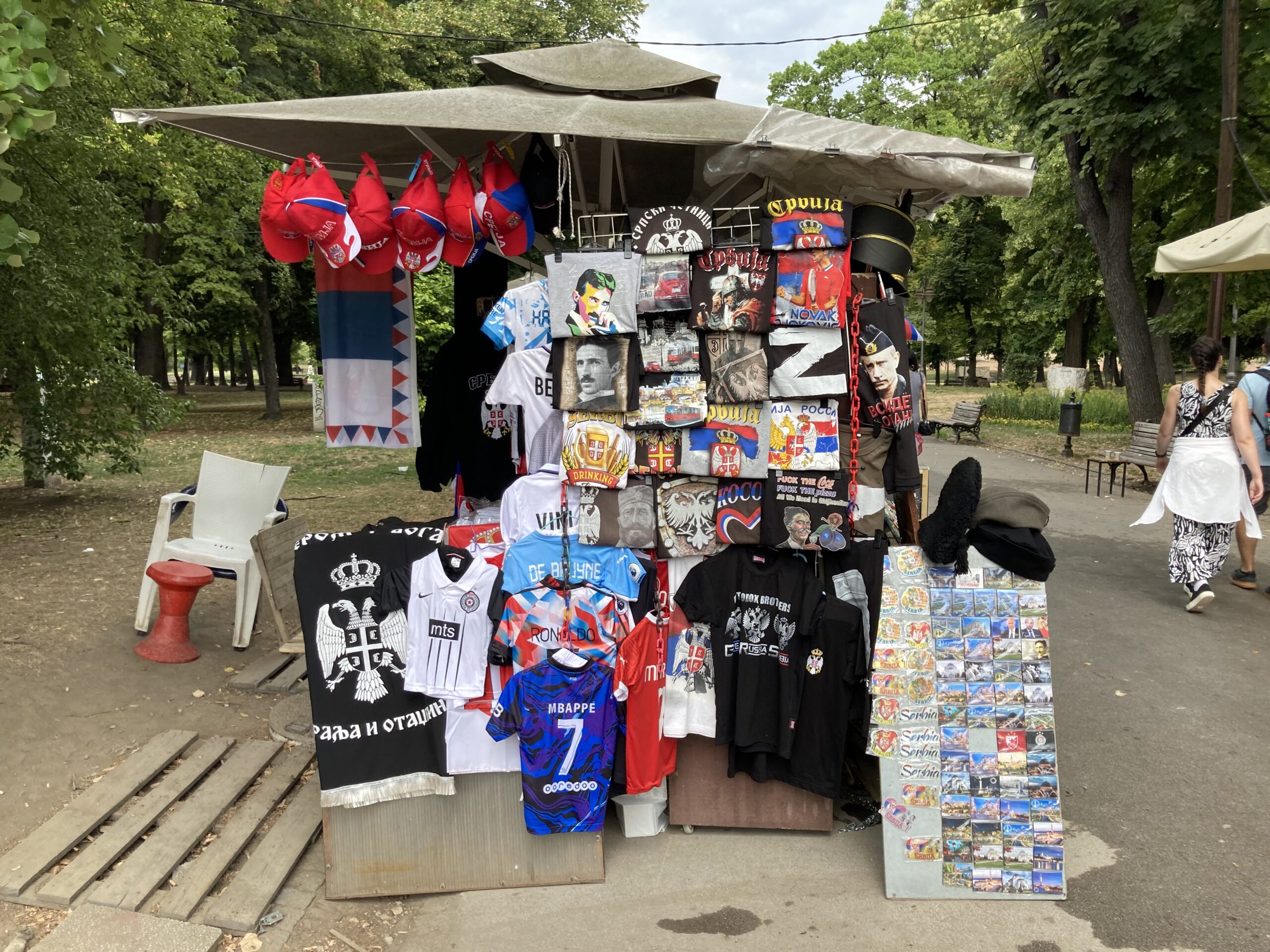
Well, some graffiti alone would not cut it for me. After just a short look around the city I ended up finding these mass-produced clothes with Z and different images of Putin on their fronts, often alongside with shirts featuring Tesla or the Serbian flag. It seemed to me that, such Russian icons were being used almost as frequently as the more traditional and long-standing Serbian ones. This kiosk was just at the entrance of Kalemegdan too, so it is easy to access them anywhere.
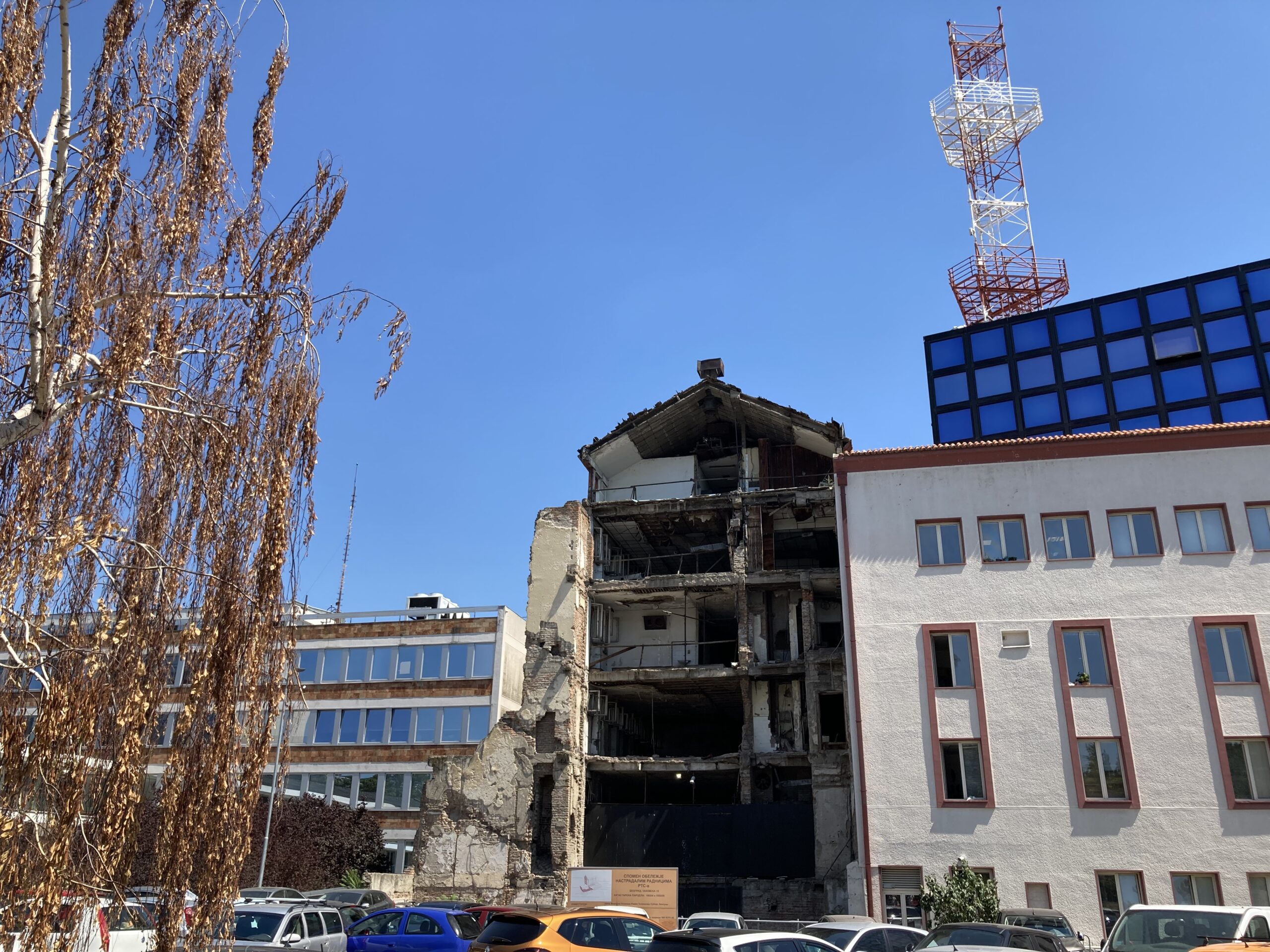
When a conflict has two sides, but a side seems to mostly rely on American (or Western) support for its war efforts, it is clear to see how many Serbians may think more favourably about the other party no matter whether their “everyday” political leanings are leftwards or rightwards, “pro-European” or “pro-Slavic” etc. Scenes like these are all around the city, remnants of the NATO bombing of the city in 1999. Seeing those every day, likely remembering the horrific voices produced by these said bombs from their youth, and then seeing the news about NATO intervening in yet another conflict may or may not have led to some Serbs thinking poorly of the Western efforts to aid Ukraine these days.
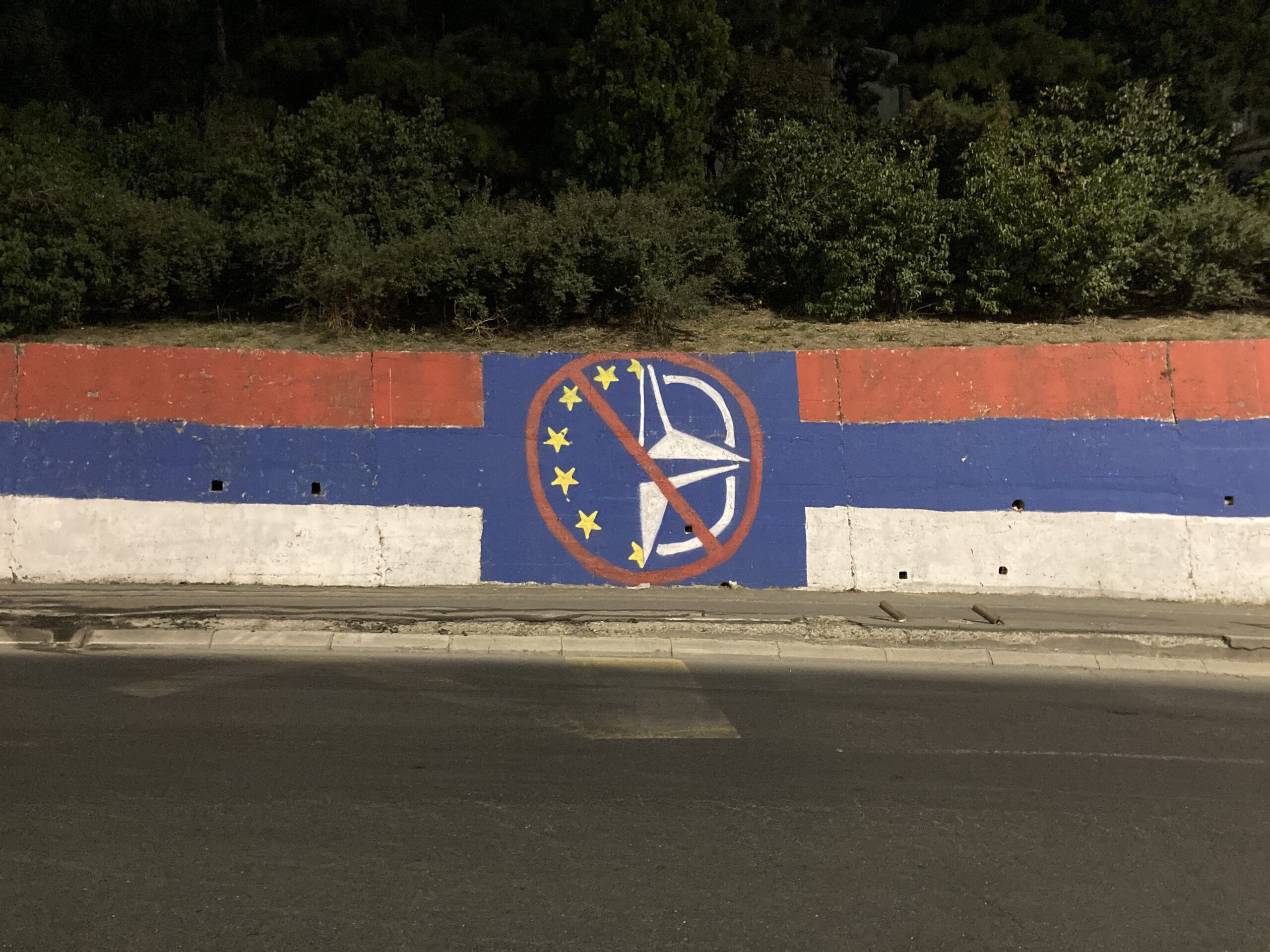
Graffiti is at the very centre of this city, political or non-political, more pro-Western or pro-Eastern, funny or not, they are all around. Though hardly a graffiti, this particular “Slavic” flag denouncing both the NATO and the EU is an exceptional testament to what I have been trying to say for a while. I think it is more reasonable to account for the seemingly popular Serbian position vis-à-vis the conflict in Ukraine by using the “push” effect rather than an inherently “Slavic” “pull.” That is, rather than being pro-Russian and thus favouring the Russian position in Ukraine, Serbs seem to be extremely anti-American first, thus being quite sceptical of favouring the Ukrainian side due to their own personal histories. After all, NATO allies bombed Serbia just two decades ago, and EU has been trying to see Kosovo fully independent and as a separate polity for quite a while, and understandably such actions have severe consequences that can be easily recognized in the current public opinion in Serbia.
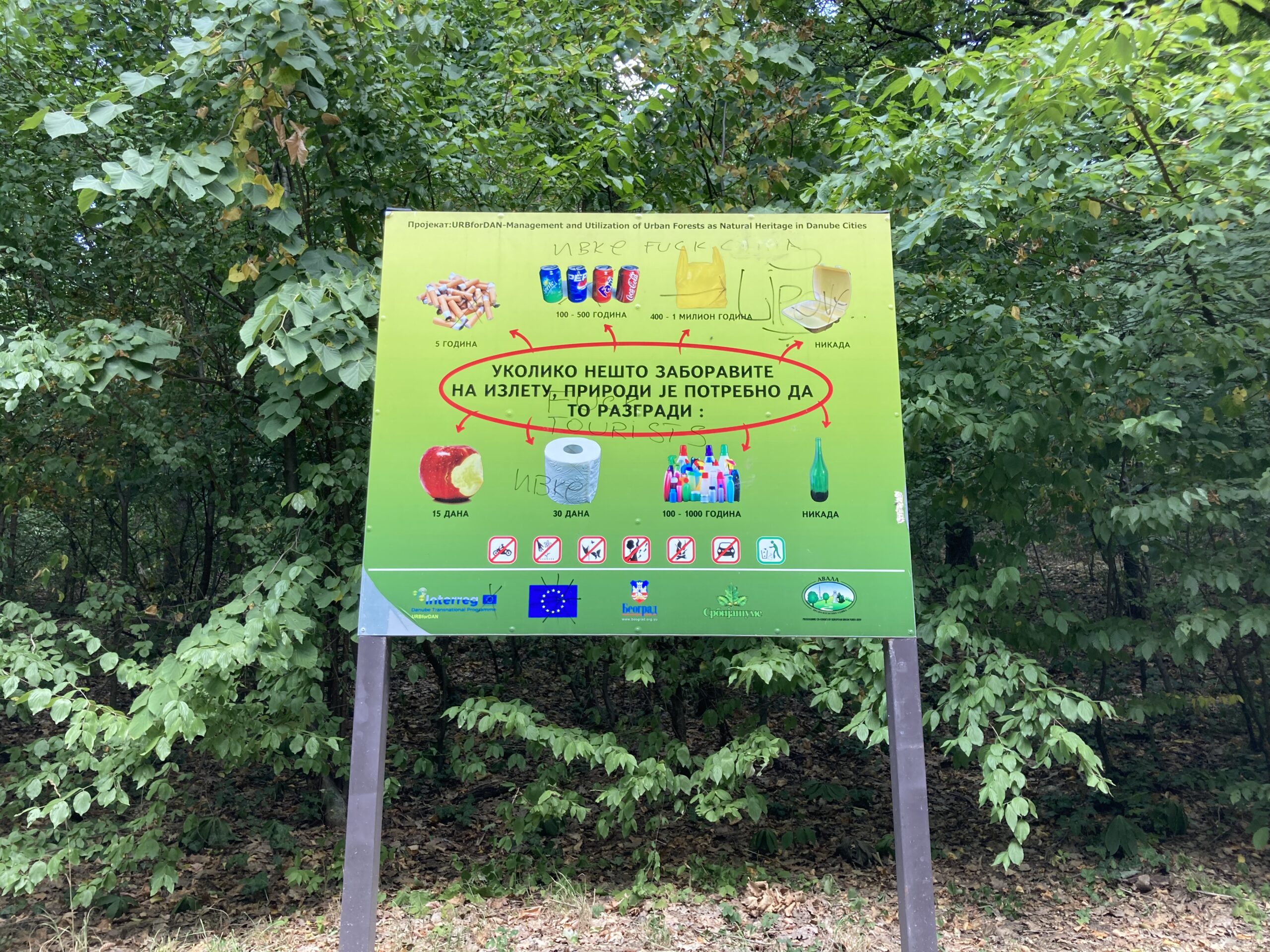
So, what does this mean for you, the weary travellers who just arrived at Belgrade? Nothing, nada. It does not really matter what some Serbs may think about politics, for one way or another, they have been extremely friendly with everyone we have seen, including us. Sure, there are some interesting signs out there, like this one with “FUCK TOURISTS” kindly written on it by some vandal, but that hardly means anything when you realize that it is often a “volatile few” that makes up the most fuss. For the most part, people either do not really care one way or another, or they are just okay with people having different opinions than them. In short, despite the “anti-Western” label that Serbia often comes with in the mainstream media, one should never fear about setting foot to the country, whose people will not do you any “wrong” based on such political differences, at least that was our experience there as two Turks who only really heard a “kebab” joke or two here and there.
